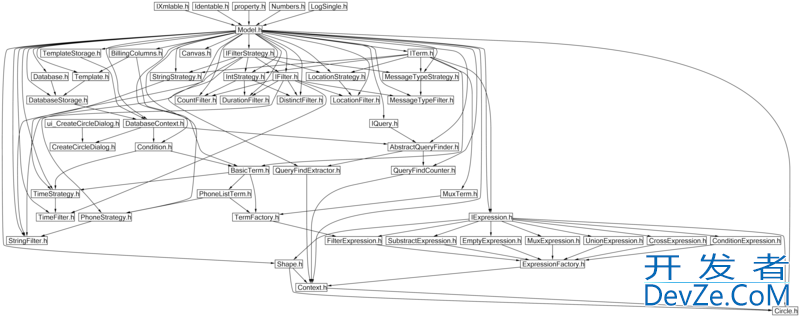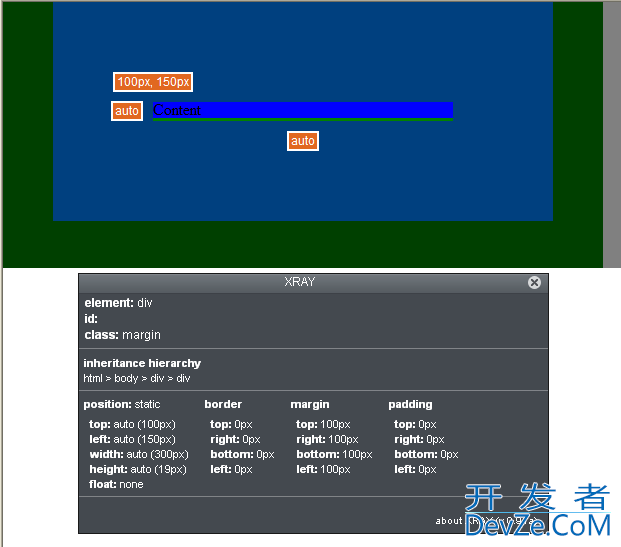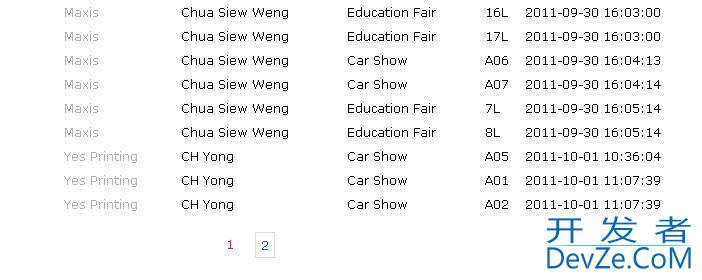I need to distribute some sort of static configuration through my application. What is the best practice to do that?
I see three options:
- Call
application:get_envdirectly whenever a module requires to get configuration value.- Plus: simpler than other options.
- Minus: how to test such modules without bringing the whole application thing up?
- Minus: how to start certain module with different configuration (if required)?
- Pass the configuration (retrieved from
application:get_env), to application modules during start-up.- Plus: modules are easier to test, you can start them with different configuration.
- Minus: lot of boilerplate code. Changing the configuration format requires fixing several places.
- Hold the configuration inside separate configuration process.
- Plus: more-or-less type-safe approch. Easier to track whe开发者_StackOverflow社区re certain parameter is used and change those places.
- Minus: need to bring up configuration process before running the modules.
- Minus: how to start certain module with different configuration (if required)?
Another approach is to transform your configuration data into an Erlang source module that makes the configuration data available through exports. Then you can change the configuration at any time in a running system by simply loading a new version of the configuration module.
For static configuration in my own projects, I like option (1). I'll show you the steps I take to access a configuration parameter called max_widgets in an application called factory.
First, we'll create a module called factory_env which contains the following:
-define(APPLICATION, factory).
get_env(Key, Default) ->
case application:get_env(?APPLICATION, Key) of
{ok, Value} -> Value;
undefined -> Default
end.
set_env(Key, Value) ->
application:set_env(?APPLICATION, Key, Value).
Next, in a module that needs to read max_widgets we'll define a macro like the following:
-define(MAX_WIDGETS, factory_env:get_env(max_widgets, 1000)).
There are a few nice things about this approach:
- Because we used
application:set_env/3andapplication:get_env/2, we don't actually need to start thefactoryapplication in order to have our tests pass. max_widgetsgets a default value, so our code will still work even if the parameter isn't defined.- A second module could use a different default value for
max_widgets.
Finally, when we are ready to deploy, we'll put a sys.config file in our priv directory and load it with -config priv/sys.config during startup. This allows us to change configuration parameters on a per-node basis if desired. This cleanly separates configuration from code - e.g. we don't need to make another commit in order to change max_widgets to 500.
You could use a process (a gen_server maybe?) to store your configuration parameters in its state. It should expose a get/set interface. If a value hasn't been explicitly set, it should retrieve a default value.
-export([get/1, set/2]).
...
get(Param) ->
gen_server:call(?MODULE, {get, Param}).
...
handle_call({get, Param}, _From, State) ->
case lookup(Param, State#state.params) of
undefined ->
application:get_env(...);
Value ->
{ok, Value}
end.
...
You could then easily mockup this module in your tests. It will also be easy to update the process with some new configuration at run-time.
You could use pattern matching and tuples to associate different configuration parameters to different modules:
set({ModuleName, ParamName}, Value) ->
...
get({ModuleName, ParamName}) ->
...
Put the process under a supervision tree, so it's started before all the other processes which are going to need the configuration.
Oh, I'm glad nobody suggested parametrized modules so far :)
I'd do option 1 for static configuration. You can always test by setting options via application:set_env/3,4. The reason you want to do this is that your tests of the application will need to run the whole application anyway at some time. And the ability to set test-specific configuration at that point is really neat.
The application controller runs by default, so it is not a problem that you need to go the application-way (you need to do that anyway too!)
Finally, if a process needs specific configuration, say so in the configuration data! You can store any Erlang-term, in particular, you can store a term which makes you able to override configuration parameters for a specific node.
For dynamic configuration, you are probably better off by using a gen_server or using the newest gproc features that lets you store such dynamic configuration.
I've also seen people use a .hrl (erlang header file) where all the configuration is defined and include it at the start of any file that needs configuration.
It makes for very concise configuration lookups, and you get configuration of arbitrary complexity.
I believe you can also reload configuration at runtime by performing hot code reloading of the module. The disadvantage is that if you use configuration in several modules and reload only one of them, only that one module will get its configuration updated.
However, I haven't actually checked if it works like that, and I couldn't find definitive documentation on how .hrl and hot code reloading interact, so make sure to double-check this before you actually use it.




![Interactive visualization of a graph in python [closed]](https://www.devze.com/res/2023/04-10/09/92d32fe8c0d22fb96bd6f6e8b7d1f457.gif)



 加载中,请稍侯......
加载中,请稍侯......
精彩评论